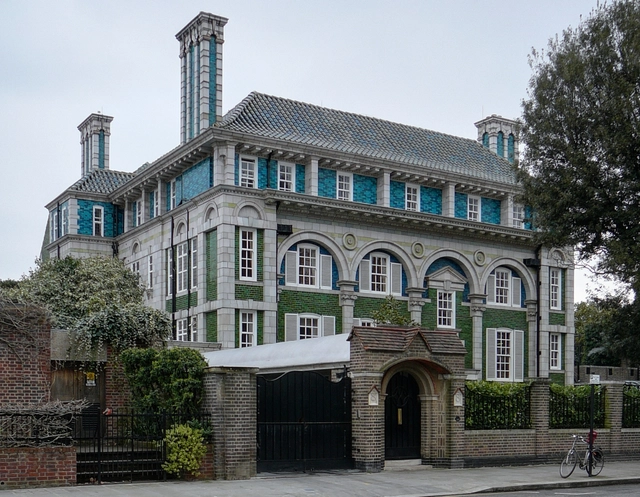
In this essay by the British architect and academic Dr. Timothy Brittain-Catlin, the fascinating journey that color has taken throughout history to the present day—oscillating between religious virtuosity and puritan fear—is unpicked and explained. You can read Brittain-Catlin's essay on British postmodernism, here.
Like blushing virgins, the better architecture students of about ten years ago started to use coy colors in their drawings: pastel pink, pastel blue, pastel green; quite a lot of grey, some gold: a little like the least-bad wrapping paper from a high street store. Now step back and look at a real colored building – William Butterfield’s All Saints’ Church, Margaret Street, London, or Keble College, Oxford, or the interior of A.W.N. Pugin’s church of St. Giles in Cheadle, UK. They blow you away with blasts of unabashed, rich color covering every square millimetre of the space.






